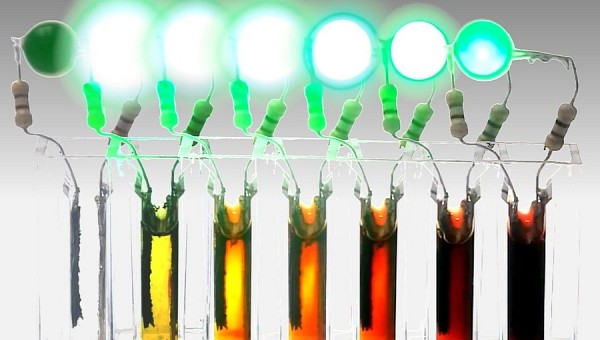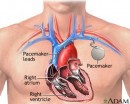According to the Massachusetts Institute of Technology (MIT), battery research in the last few decades has mostly focused on rechargeable lithium-ion batteries, with little focus on non-rechargeable (aka “primary”) ones.
Granted, most of the technology we use today (mobile phones, laptops, electric vehicles, etc.) use rechargeable batteries. And you could argue that modern life depends a lot on these aforementioned devices but not as much as it could (for some people) depend on, say, a pacemaker – which uses primary batteries.
Yet for these, “there haven’t been any major innovations in fundamental cell chemistries in the past 40 years,” according to Haining Gao, a Postdoctoral Fellow at MIT. Well, until now.
Gao and a team of researchers have found a way to improve the energy density of primary batteries, which “could enable up to a 50 percent increase in useful lifetime, or a corresponding decrease in size and weight for a given amount of power or energy capacity, while also improving safety, with little or no increase in cost.”
Specifically, that way is a new type of electrolyte, called “catholyte,” which combines some functions of the cathode and the electrolyte in one single compound. This way, the amount of “dead weight” in a battery (usually around 50%) is reduced to only around 20%.
While this new battery technology could potentially mean a 50% improvement in energy density (the amount of energy in a battery compared to its size), the team has only managed to demonstrate a 20% improvement so far, which is still a promising result. However, the design of the cell hasn’t been optimized, so there’s still room for improvement.
The new material could be easily integrated into already existing manufacturing processes, bringing about safety improvements, with the cost of the new batteries “likely to be comparable to the existing batteries,” according to Gao.
As for future applications, not only could these findings help improve the lives of patients needing pacemakers and similar medical implants, but also be put to use in things like remote sensors or long-distance drones.
The MIT Lincoln Laboratory and the Army Research Office supported the work.
Yet for these, “there haven’t been any major innovations in fundamental cell chemistries in the past 40 years,” according to Haining Gao, a Postdoctoral Fellow at MIT. Well, until now.
Gao and a team of researchers have found a way to improve the energy density of primary batteries, which “could enable up to a 50 percent increase in useful lifetime, or a corresponding decrease in size and weight for a given amount of power or energy capacity, while also improving safety, with little or no increase in cost.”
Specifically, that way is a new type of electrolyte, called “catholyte,” which combines some functions of the cathode and the electrolyte in one single compound. This way, the amount of “dead weight” in a battery (usually around 50%) is reduced to only around 20%.
While this new battery technology could potentially mean a 50% improvement in energy density (the amount of energy in a battery compared to its size), the team has only managed to demonstrate a 20% improvement so far, which is still a promising result. However, the design of the cell hasn’t been optimized, so there’s still room for improvement.
The new material could be easily integrated into already existing manufacturing processes, bringing about safety improvements, with the cost of the new batteries “likely to be comparable to the existing batteries,” according to Gao.
As for future applications, not only could these findings help improve the lives of patients needing pacemakers and similar medical implants, but also be put to use in things like remote sensors or long-distance drones.
The MIT Lincoln Laboratory and the Army Research Office supported the work.
New materials could enable longer-lasting implantable batteries: Pacemakers and other medical devices, as well as long-distance drones and remote sensors, could require fewer battery replacements with new approach. https://t.co/pwW4TCqaBS pic.twitter.com/q1xFYy7QFM
— Massachusetts Institute of Technology (MIT) (@MIT) November 4, 2022





